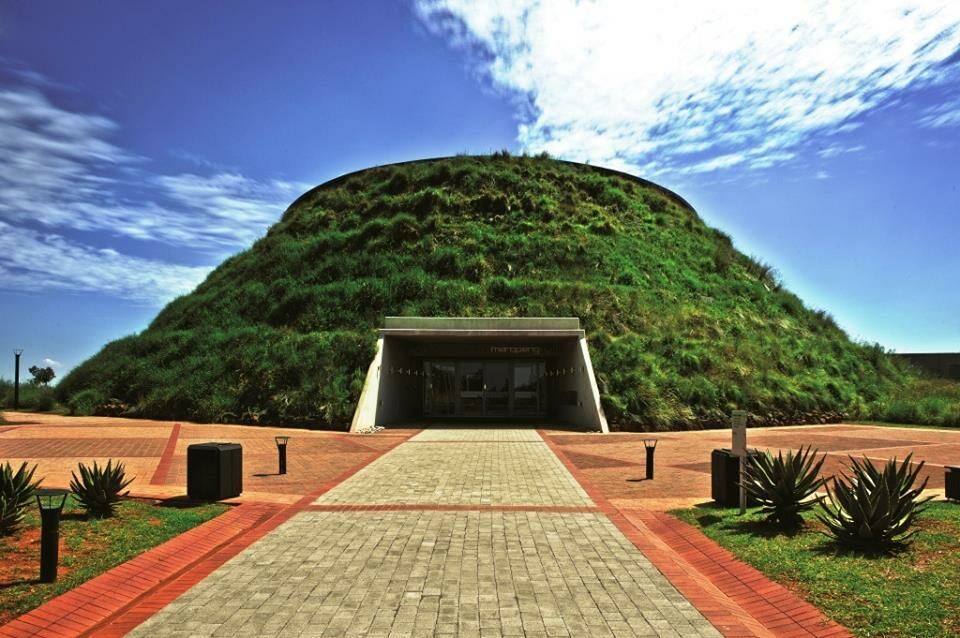Johannesburg North Attractions - Truths
Johannesburg North Attractions - Truths
Blog Article
More About Johannesburg North Attractions
Table of ContentsJohannesburg North Attractions Can Be Fun For AnyoneGetting The Johannesburg North Attractions To WorkJohannesburg North Attractions Things To Know Before You BuyJohannesburg North Attractions for BeginnersLittle Known Questions About Johannesburg North Attractions.Johannesburg North Attractions - Truths
The city expanded on the edge of the Witwatersrand Main Reef, a below ground stratum of gold-bearing quartz-silica conglomerate that arcs for hundreds of miles beneath the Highveld - Johannesburg North attractions. Many of the gold mines in the city discontinued procedure in the 1970s, yet in its day the Witwatersrand gold sector accounted for even more than 40 percent of the globe's yearly gold production.Johannesburg has a pleasant climate. Summertime temperature levels average about 75 F (24 C); winter season temperature levels average regarding 55 F (13 C) and only occasionally dip listed below freezing. The city delights in regarding eight hours of sunshine each day in both winter and summer. Rain standards concerning 28 inches (700 millimetres) per year, but the complete varies significantly from year to year.
What rain the city obtains falls practically exclusively in the summertime, typically in incredible late-afternoon electrical storms. Air air pollution presents a substantial issue, especially in the cold weather, when thermal inversions hamper the westward flow of air from the Indian Sea. Contamination is most serious in the largely settled Black townships on the city's periphery, where lots of locals still count on coal for gas.

Our Johannesburg North Attractions PDFs
The balance of the city is occupied by whites. Accommodation differs in character and top quality.
Physical development, although somewhat limited by transport, continued promptly as migration to South Africa, and Johannesburg in particular, raised significantly. This problem was addressed in the 1930s when the vehicle was presented in automation to South Africa. Autos were, for the a lot of part, constrained to the wealthy, and allowed them to relocate to the north of the city and commute into the centre.
Many inadequate suburbs were combined, with inadequate blacks and whites cohabiting, although the wealthy suburbs were typically booked for whites. This changed with the election of the National Celebration in the 1948 political elections, that visite site began to formalise the system referred to as discrimination. Apartheid formally assigned which suburbs each race might live in under the Group Locations Act.
The previous system of eleven numbered areas was reorganised in 2006. Marshalltown, as seen from the top of the Carlton Centre. The M1 and M2 run behind the structures, and the southerly residential areas expand past the freeway border. The internal city of Johannesburg lies within the city's Region F. The estimated population of the area is 200,000, [] The number of people living in the internal city on a casual basis is unidentified, as several are unlawful immigrants. A lot of higher-income homeowners and white individuals have actually transferred to the north residential areas and have been replaced by lower-income black people. The joblessness, education and learning, and age accounts of the area are all unidentified, because of the difficulty of obtaining reputable information concerning the area.
Some Known Details About Johannesburg North Attractions
Yeoville and Bellevue have a mix of apartment and solitary domestic systems on little whole lots. The area is located on a mountainous divide that ranges from east to west. The most noticeable geographic function is Observatory Ridge, which is named for the large observatory located on it. The entertainment rooms are no more utilized, because of safety and security issues.

Some Known Incorrect Statements About Johannesburg North Attractions
The eastern residential areas are some of the earliest areas of More Info Johannesburg, there are huge communities of Jewish and other European histories, the majority of the population is English speaking. There are 3 golf courses as well as a number of secured ridges with viewsites.
Initially constructed to house male migrant workers, several have actually been boosted as residences for pairs and households. The suburb was not traditionally allowed to produce employment centres within the area, so nearly all of its locals are commuters to other components of the city.
Our Johannesburg North Attractions Ideas
The household locations in the north residential areas are primarily formal, with no substantial locations of casual real estate, or real additional hints estate that lacks a long-term framework. This is an established area, there is a pattern of land use adjustment from residential to commercial, especially along primary arterial roads and around established nodes.
Roadways to the east and west are less well created, as there are no highways travelling in that direction. In the direction of the north boundary of the city, the thickness of advancement reduces, leaving large areas of undeveloped land around Midrand.
The 7-Second Trick For Johannesburg North Attractions
, which is situated on a hill overlooking the inner city and Hillbrow.
Report this page